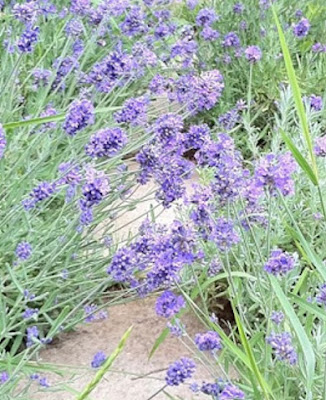From Nature Table to Nature Journal.
A leaf or two from the garden, a shell from the beach, the prized feather found amongst the meadow grasses..
A few collected nature items soon become clutter on the windowsill.
There's so much to capture the interest and imagination out in the wild, it can sometimes difficult to know how to make use of it rather than simply let it accumulate.
Nature Table.
Creating an informal nature table provides the opportunity to pause and discover more. It is a first step on a path of discovery that can be as simple or as involved as required. A nature table is a good start to developing ideas, which can be used to:
- look at the world in detail
- record findings
- use that information to build knowledge about a subject or environment.
 |
| From looking to learning : Starting a Nature Journal or Sketchbook. |
Botanical Sketches and Wildlife Nature Journal.
More can be gained from watching butterflies, smelling some flowers and collecting objects of nature from around the garden, beach, woods, meadows and other green spaces. Nature journaling is one way to make use of the little collections that can so easily build up into a mixed-up mess of 'interesting things'.
Starting a Nature Journal.
There are many options for creating nature and wildlife journals; a preferred process or product is a personal choice but some things to bear in mind might include one or two of the following:
- exercise caution with any 'find' that you are unfamiliar with - do not touch it unless you are certain it is non-toxic. Make sure it is safe to handle.
- choose a journal that is robust enough for the purpose - e.g. for sketching, painting, using glue and/or tape.
- sketch the item and add notes about it, what it relates to, where it was found - and anything else that you find interesting.
- create your journal when outside, if possible, and add more details indoors - a journal is a personal record of findings and discoveries and there is no right or wrong way to keep a record of things you find interesting.
- colourise your journal by combining it with a sketchbook - e.g. make use of coloured pencils and watercolours to create a visual treat and/or to capture detail for later artistic creations.
- add details of finds - dates, times, weather, season - as a reference for later.
- describe colours, sounds, smells and add lines of poetry and quotes to make it more interesting to look back over.
- scale the journal/sketchbook up or down, depending on how detailed you want your nature journal to be, for what purpose and personal level of interest.